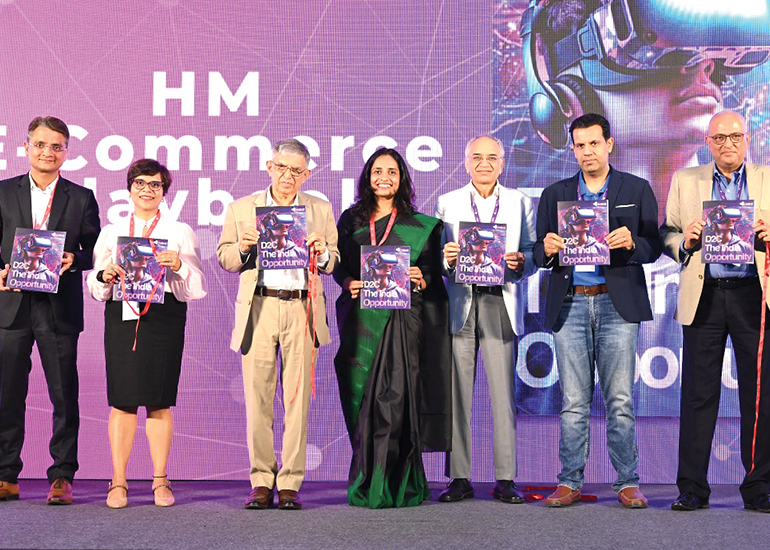India is often identified with a rich culture and heritage, and with categories like tea, spices and Ayurvedic products. Therefore, Indian products that have an Indian origin will have a higher success rate globally. A core requirement is the nation must be acknowledged as an authentic source for that category or attribute. Good examples of this theory are Swiss chocolates and German engineering.
 Q] What are some key challenges which Indian brands face in marketing themselves at a global level?
Q] What are some key challenges which Indian brands face in marketing themselves at a global level?A key challenge is to find the right balance between global messaging and localised strategies. For most marketers, multilingual content or a localization strategy is something that takes little precedence even within India, which is a country with so much diversity.
Q] Is there a shift in the perception of home grown Indian brands today versus what it was say 5-10 years ago?
Yes, today’s home grown brands seem to be of a different ilk and are not just cheaper alternatives. Some noticeable and successful innovations in the last 5-10 years have come from local Indian brands. Good Knight Fast Cards and Saffola Olive+ Flaxseed oils are some of the brands Madison has worked on. Raymond, another brand that we work on, founded in 1925 as a fabrics brand, has kept up with the times with innovative products and offerings like Technostretch material, and readyto-wear apparel in both, classic and contemporary styles. Furthermore, many Indian brands have flourished with a premium tag, particularly in the personal care domain. Forest Essentials, Biotique and VLCC are some such Indian brands with luxurious and differentiated offerings.
Q] Do you have any suggestions for young Indian brands wanting to take their brand global?
Firstly, Indian brands must produce and take outside the country products that the customer wants, not what the company finds most cost efficient to make and wants to market beyond India. Furthermore, Indian companies must fuse foreign products with Indian characteristics (or Indian products with foreign characteristics) to meet the needs of the world outside of India. Last but not the least, consistently delivering on the brand promise is critical.
Q] Which markets do you believe Indian brands do really well in?
In general, Indian brands should find it easier to succeed in South East Asia, Latin America and Africa since global marketers focus less on them. Indian companies can look to a brand like L’Oreal, whose French personal care products dominated developed markets, and ultimately as a result of in-depth market research, were able to dominate cluttered Asian markets too.
Q] Can you share examples of Indian brands you have worked on, where you have been an enabling factor in their overseas success?
Two strong Indian conglomerates Madison works with are Godrej Consumer Products and some Tata Group companies; both groups which are synonymous with trust and leadership. Our client Godrej Consumer Products, while available in 80 countries, is building a good presence in three emerging markets (Asia, Africa and Latin America) across three categories (home care, personal wash and hair care).























